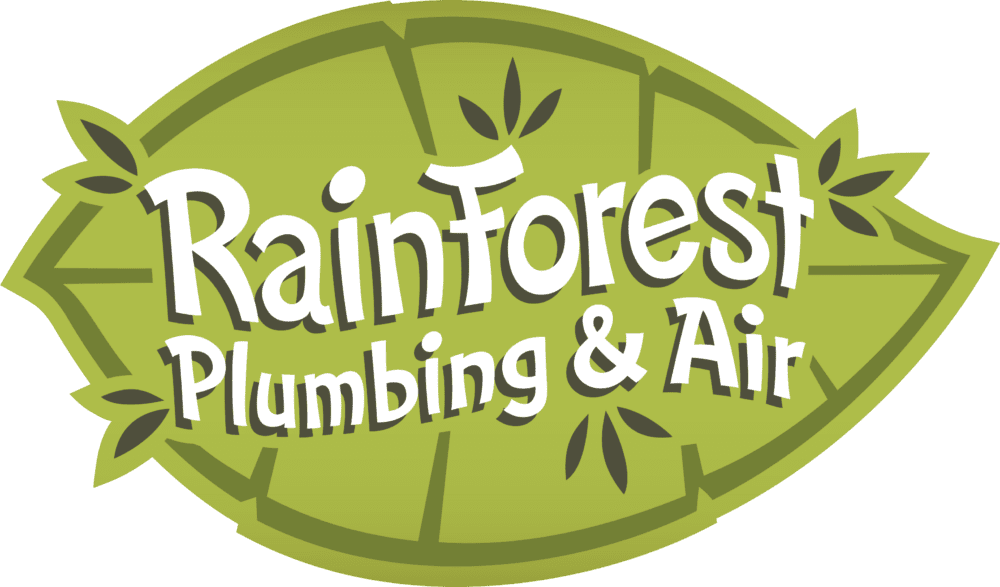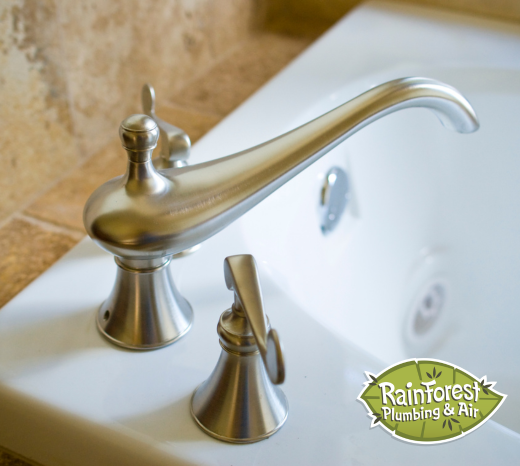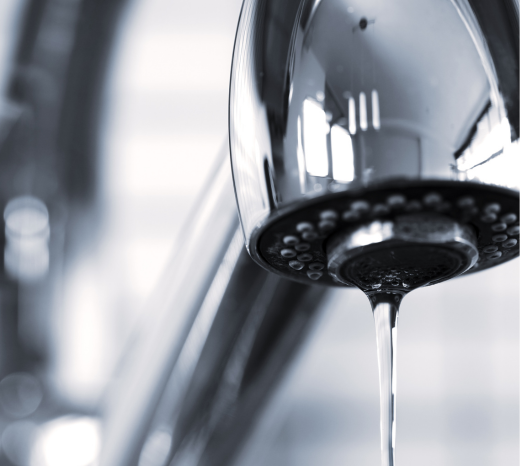Have you checked your utility bills recently and found your water bill exceptionally high compared to your actual water usage? Finding the cause of the high water bill comes first since addressing the problem can prevent future issues. But you may wonder about the many possibilities.
Can a running toilet cause a high water bill? Rainforest Plumbing & Air has worked as a top-quality toilet repair contractor in Phoenix, AZ, since 1999. Below, the team discusses the various reasons your water bill cost can shoot up, including whether a running toilet could be the culprit.
#1 Know Important Water Use Statistics Before You Go Looking For the Leak
Is your toilet running up your water bills? You won’t know until you’ve looked at each water-reliant household appliance, including dishwashers, sinks, and washing machines. Just how much water might these convenient fixtures reasonably use?
The American Water Works Association’s 2016 Residential End Uses of Water Report showed the average indoor water use at 138 gallons per day. However, most sources put this anywhere up to 200 gallons of water for an average single-person household.
Some appliances and tools will also use more water than others. For example, the study mentioned above showed that toilet flushing was the top indoor use, followed by faucets, showers, and clothes washers. Intuitively, most households will also use more water during summer, especially if there’s a need to keep lawns alive or circulate fresh water in pools.
#2 Use Some Simple Tricks to Test Your Toilet for Certain Types of Leaks
So, can a running toilet cause a high water bill? Absolutely. The toilet is one of the first places a plumbing service provider like Rainforest Plumbing & Air will check for leaks. Whether it’s a running toilet or just a leak, it could increase toilet water use by a considerable amount, so it’s always best to pay close attention.
Local plumbers typically employ three main ways to test your toilet for leaks:
- Food coloring test: After a test flush, you can put food coloring into the toilet tank and allow it to spread for about ten minutes. Has colored water entered the toilet bowl without you flushing again? You have a leak.
- Water height test: Before going to bed and after a test flush, take a pencil and mark the height of the water in the tank. If the water is below (or above) that line in the morning, you have a water loss or silent flushing.
- Listening test: Listen to the toilet for a few minutes. It should not make a noise. If you hear hissing, dripping, or other loud sounds, there’s likely a water leak.
The food coloring and water height test may only work on residential toilets. Commercial toilets work on a different system and require a specialist to check them. You may also discover leaking because water pools around the toilet’s base or drips elsewhere.
#3 Understand How Professionals Go About Fixing Toilet Leaks and Other Plumbing Emergencies
Thankfully, you can usually address toilet leaks by fixing or replacing small parts that separate sections of the toilet system. For example, the main components that control flushing include the float, chain, and flapper.
Float Issues
If a float rests too low pre-flush, water will not be able to fill the toilet tank, resulting in weak pressure and constantly running water. If it’s too high, the water line will continue to fill the tank, which may send water down the overflow tube. The constant filling and overflow spillage lead to self-flushing and waste water.
Flapper Issues
A flapper closes the valve between the tank and the bowl. It hangs by a somewhat loose chain, which pulls the valve up with the flush lever. If there is flapper damage or it doesn’t seal the valve properly, water will continuously leak through.
Chain Issues
Is the chain taut? The flapper might not cover the valve completely, leading to leaks. Drooping chains also may not allow the toilet to flush properly, leading to leaks.
Repairs should address these smaller issues if you call a plumber in time. But more expensive issues will crop up with water line issues or poor valve sealant issues left to deteriorate.
Always Call A Plumber When You Need Toilet Leak Help!
Can a running toilet cause a high water bill? What should I do about a slow-leaking toilet? Rainforest Plumbing & Air answers your calls and questions while producing high-quality results with each job-call the Phoenix, Arizona, team at 480-360-5278 today!
Author Bio:
Ike Tippetts
He founded the company and soon found himself answering phones and dispatching team members around the clock! Rainforest Plumbing & Air has come a long way since they started in 1999 as a two-truck operation.





